Session 1: The FORMAS project, data collection, analysis and results
-
Speaker: Sonja Leidenberger, University of Skövde
In today's biodiversity crisis, there is an urgent need to monitor aquatic species. We focused on developing methods to effectively detect threatened freshwater molluscs and marine crustaceans in their habitats. Classical sampling techniques were compared with metabarcoding methods, and the resulting occurrences integrated in the red listing process. Sonja will introduce the aims of the project, the organism groups studied and the sampling localities, and give a short overview of the project homepage, publications and contributions.
-
Speaker: Sarah Bourlat, LIB Museum Koening, Bonn, Germany
The project assessed the red-list status of a number of red-listed marine crustaceans and freshwater molluscs in 12 countries in Northern Europe. The objective was to assess the status of available occurrence records and barcode data for those species. Sarah will discuss why it is essential to fill the gaps in barcode reference libraries and which projects are fulfilling this task in Europe.
-
Speaker: Finja Schaumann, University of Skövde
Numerous bioinformatic pipelines exist for the analysis of DNA metabarcoding data, taxonomic classification and the quantification of species diversity. An overview of this complexity will be given and Finja will present our chosen pipeline for data analysis in the project.
-
Speaker: Sonja Leidenberger, University of Skövde
Pea clams (Pisidium spp.) inhabit diverse freshwater ecosystems. Due to limited taxonomic expertise, their red listing in Sweden relies on outdated data. Our study of 15 lakes and rivers aimed to utilize traditional morphology and COI barcoding for pea clam identification. Metabarcoding was used for the subsequent detection of pea clams in sediment samples. Results show the high potential of molecular methods to address the lack of taxonomic expertise, and demonstrate the added value of this method for stakeholders through the identification of additional indicator and invasive species at the investigated sites.
-
Speaker: Sonja Leidenberger, University of Skövde
Decapods and Amphipods are biodiverse marine crustacean groups in Sweden. Along the Swedish west coast, we re-sampled 14 different sites from the Jägersköld Expedition and the Swedish Taxonomy Initiative Marine Inventory. Species identification used classical morphology and COI barcoding. Sediment and plankton samples were analyzed with metabarcoding. The results are alarming, where have all the crustaceans gone?
11.50-13.10 Lunch
Session 2: How to use DNA derived occurrence data for red listing
-
Speaker: Sonja Leidenberger, University of Skövde
To measure and monitor biodiversity is challenging. Often, reductionist approaches such as alpha and beta diversity metrics are used to characterize complex ecosystems. In red listing assessments, experts use (beside other criteria) the AOO (area of occurrence) and EOO (extension of occurrence) for the species population based on presence/absence data. This is raising the question whether regular red listing of aquatic invertebrates is unrealistic on the long-term using current methods? Would comprehensive habitat community screening represents an alternative to single species red listing? Examples from our study will be presented and discussed.
-
Speaker: Ulf Bjelke, Swedish Species Information Centre, SLU, Sweden
The Swedish IUCN Red List is an assessment of the status of Sweden’s native species. It is conducted every five years by SLU Artdatabanken. In 2020, 21,700 species were evaluated. The 2025 assessment is currently underway. In this talk, the IUCN Red List system will be presented, including the factors used, the measured data, and the possible outcomes. Additionally, Ulf will highlight what kind of new data that could improve the assessments.
-
Speaker: Tobias Guldberg Frøslev, GBIF, Danmark
The Global Biodiversity Information Facility makes standardized biodiversity data from many different sources openly and freely available re-use in science and policy. GBIF works on improving and extending the support for DNA-associated biodiversity data. Tobias, GBIF Secretariat, will inform us about the latest developments, and explain the possibilities and advantages of data sharing on gbif.org.
-
Moderators: Sonja Leidenberger & Sarah Bourlat
We want to conclude together what was discussed today and come up with a workable plan for the future. What is the incentive to continue using barcoding and available taxonomic expertise to guarantee complete and curated reference databases as soon as possible, as well as eDNA metabarcoding in future monitoring? How can stakeholders make the best use of DNA-based biodiversity data for decision making, e.g. red listing and/or other action plans?
